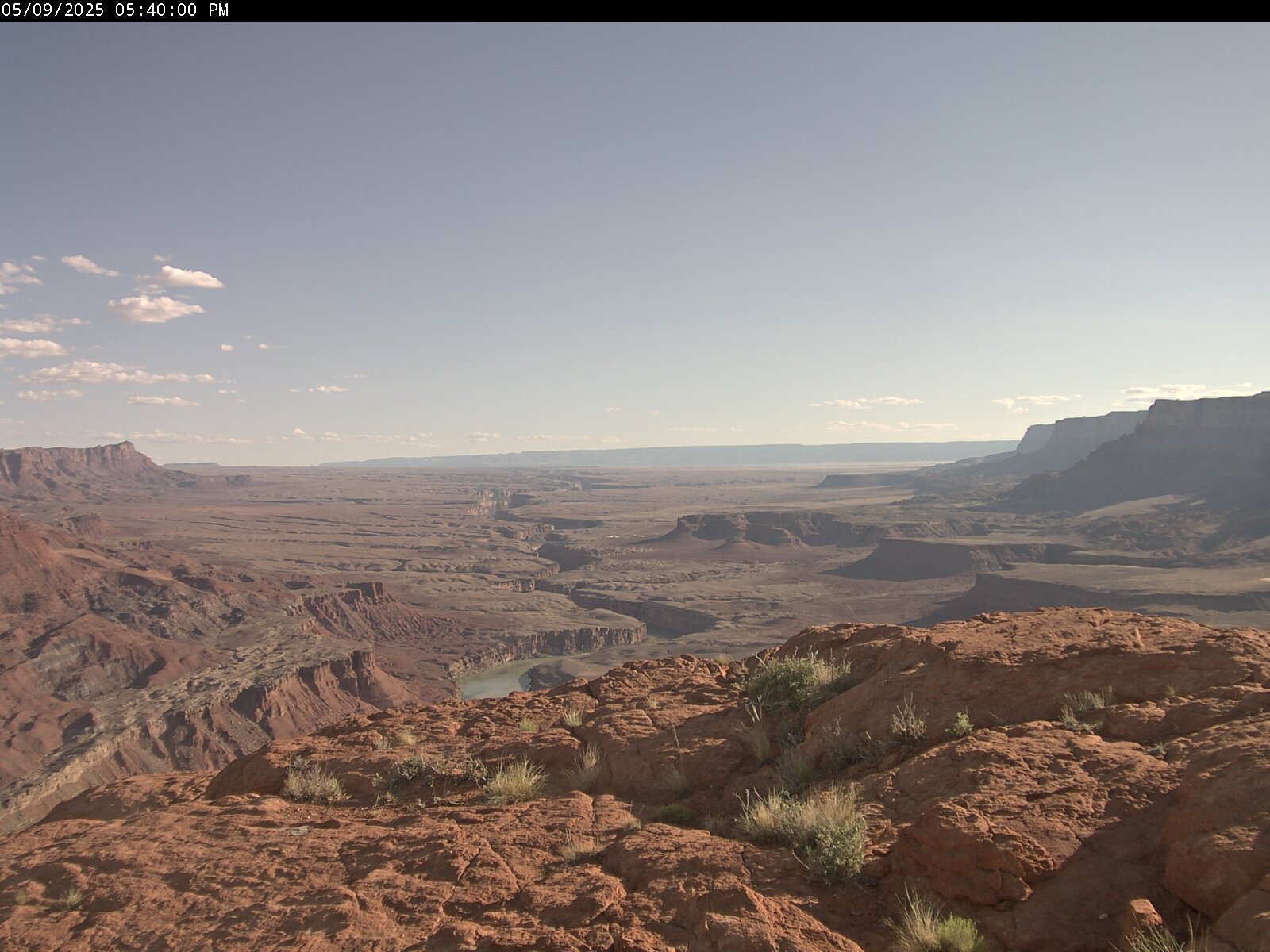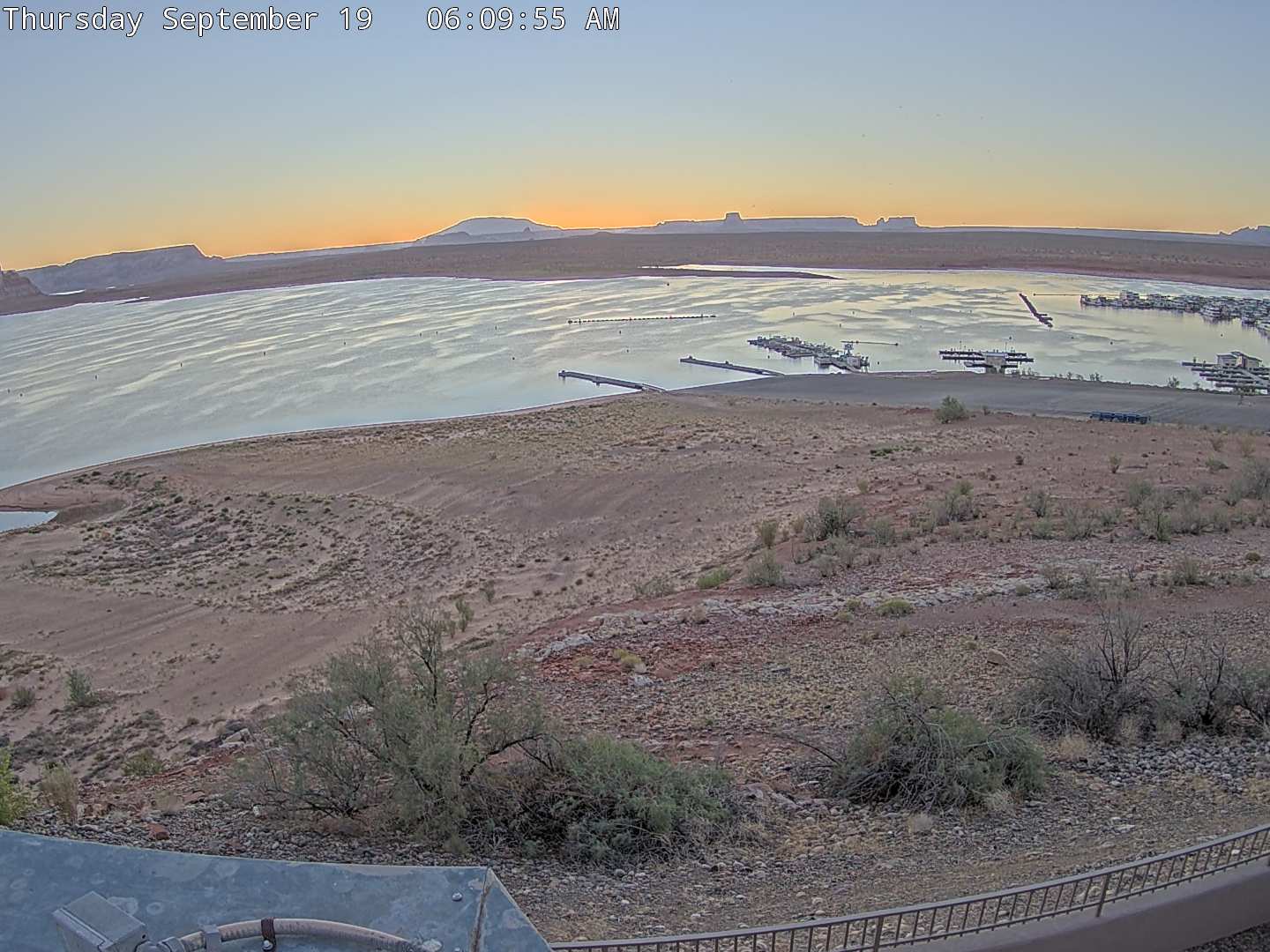Glen Canyon National Recreation Area, AZ Weather Cams



Glen Canyon National Recreation Area: A Storied Landscape of Water, Stone, and Controversy
Glen Canyon National Recreation Area, AZ Weather Cams. Glen Canyon National Recreation Area is a striking blend of desert and water, where deep red sandstone canyons meet the blue expanse of Lake Powell. Located in northern Arizona and extending into southern Utah, this unique region is shaped by both natural forces and human intervention. Its history is deeply tied to indigenous cultures, exploration, environmental debates, and the transformation of the land through engineering. From ancient habitation to the construction of the Glen Canyon Dam, this area is a testament to the relationship between people and the landscape.
Early Inhabitants and Exploration
Long before the canyon became a national recreation area, indigenous peoples lived along the Colorado River and its tributaries. The Ancestral Puebloans (formerly known as the Anasazi) built settlements in cliff alcoves, carved petroglyphs into sandstone walls, and relied on the river for survival. Later groups, including the Navajo, Paiute, Hopi, and Ute, also occupied the region, adapting to the harsh desert environment with impressive skill.
European exploration of the canyon began in the late 18th and 19th centuries. In 1776, the Domínguez-Escalante expedition passed near the area in their search for a route to the West Coast. In the 1860s, American explorer John Wesley Powell led expeditions down the Colorado River, chronicling the geological wonders of Glen Canyon and beyond. He marveled at the towering rock formations and the vibrant colors that changed with the movement of the sun, unaware of how drastically the landscape would later be altered.
The Glen Canyon Dam and the Creation of Lake Powell
By the mid-20th century, the U.S. government was focused on harnessing the power of the Colorado River to provide water and electricity to the growing Southwest. In 1956, construction began on Glen Canyon Dam, which would create one of the largest reservoirs in the United States—Lake Powell. Named after John Wesley Powell, the lake formed as the dam blocked the natural flow of the Colorado River, gradually submerging Glen Canyon beneath its waters.
The dam’s completion in 1963 ushered in significant change. While the reservoir provided water storage and hydroelectric power, it also sparked heated environmental debates. The flooding of Glen Canyon destroyed ancient indigenous sites, natural arches, and unique ecosystems. Many conservationists, including renowned environmentalist Edward Abbey, lamented the loss of Glen Canyon, arguing that the area had been one of the most spectacular, untouched regions in the American West. The controversy over the dam fueled a movement advocating for the restoration of the Colorado River’s natural flow and inspired later environmental activism in the Southwest.
Designation as a National Recreation Area
In 1972, Glen Canyon National Recreation Area was officially established, encompassing over 1.25 million acres of land and water. The designation preserved the region for public use, encouraging recreation while maintaining environmental protections. Lake Powell became a major destination for boating, fishing, and camping, with visitors exploring hidden coves and striking rock formations that emerged from the water’s edge.
The recreation area includes not only Lake Powell but also parts of the Colorado River, canyons, and remote desert landscapes. Landmarks such as Rainbow Bridge—a massive natural arch sacred to indigenous cultures—add to the area’s mystique and cultural significance.
Environmental Challenges and the Future of Glen Canyon
Over the decades, fluctuating water levels in Lake Powell have highlighted concerns about climate change and water resource management. Prolonged droughts in the Southwest have led to dramatic drops in reservoir levels, sometimes exposing previously submerged portions of Glen Canyon. This has reignited discussions about whether the dam should remain or whether the area should be restored to its natural state.
Advocates for conservation argue that the drying of Lake Powell presents an opportunity to let the Colorado River reclaim its canyon, restoring lost landscapes and reviving ecosystems. Others maintain that the dam continues to play a crucial role in water distribution and energy production, making its removal impractical.
Conclusion
Glen Canyon National Recreation Area stands as a complex symbol of history, natural beauty, and human intervention. It is a place where ancient cultures thrived, explorers marveled, and environmentalists fought to preserve its original splendor. Whether seen as a triumph of engineering or a lost treasure submerged by water, the canyon remains one of the most fascinating and debated landscapes in the American West.
As discussions about its future continue, Glen Canyon’s legacy endures, reminding visitors of the ever-evolving relationship between nature and civilization.
For more information, visit the official Glen Canyon Recreational Area, Arizona website.
